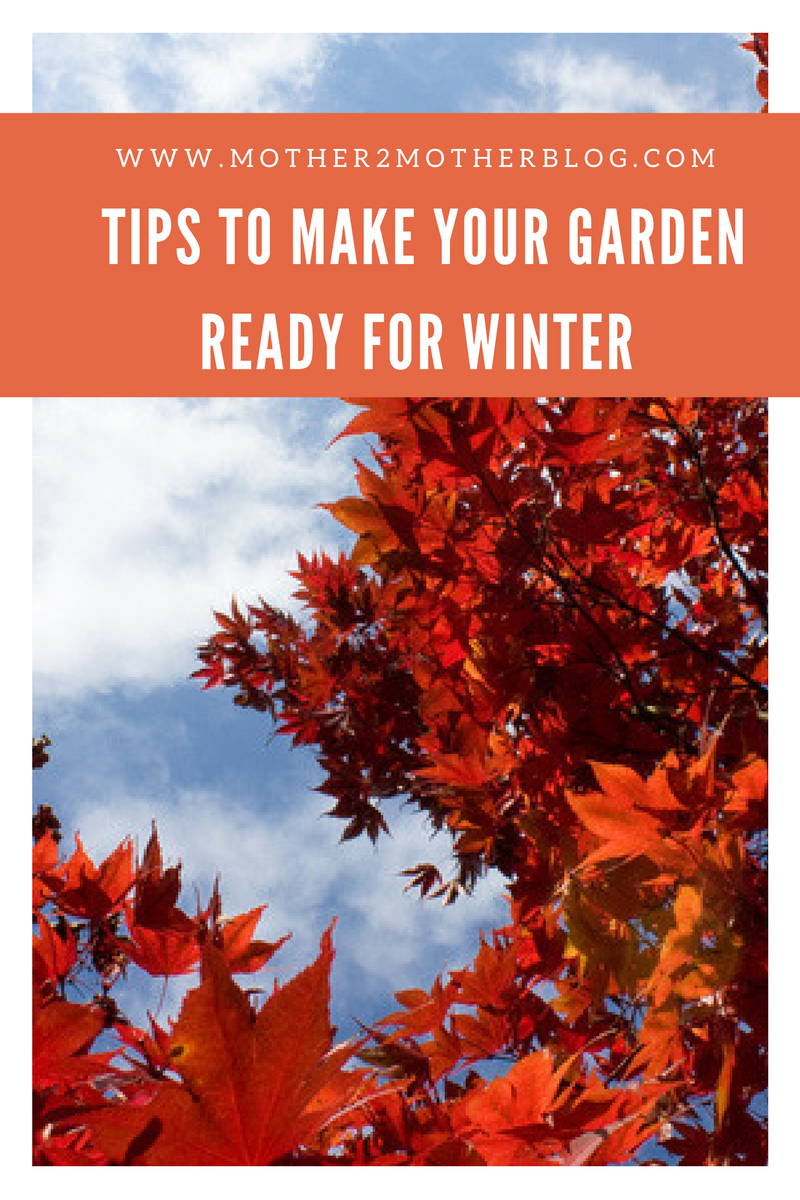
The warm summer is almost over and days of worrying about the drought are gone. Fall and winter, however, are seasons during which your plants are at their most vulnerable. In order to make sure that your garden remains healthy during the cold months, you’re going to need to prepare your garden. Here are some tips on how to prepare your yard for the fall. Be sure to check out my other backyard vegetable gardening tips too.
Cover Crops
Hairy vetch and cereal rye are excellent cover crops. They are a type of plant species that will keep the soil microbes alive and active during cold winters. This will further boost your garden at planting time, which can bring a ton of ease for the next spring. Cover crops are also great at adding organic material to the soil, in addition to helping your garden during the fall and winter. Remember to gently rake the crop seeds into the soil surface, in order to avoid disturbing the standing crops.
Harvest and Preserve
Fall is the perfect time to harvest your storage crops, such as carrots, potatoes and onions and properly cure and put them away for winter. Make sure not to overlook plants such as broccoli side shoots, herbs, and sunflowers. Herbs are particularly easy to dry and freeze, so even a small garden can create a winter-long supply.
Soil PH
Vegetables like acidic soil, so keep this in mind when checking for PH. Yes, dealing with chemistry stuff such as soil acidity does seem somewhat nerdy, but it plays a vital role in in ensuring the success of your crops the next spring. A PH kit or electronic tester can be found easily in most plant nurseries. If your local nursery doesn’t have it, you can always opt for online shopping. Of course, if you don’t like dealing with chemistry, you can look for a company that specializes in gardening services–although you will need to cough up some extra cash. Nothing beats calling the experts, especially if your garden means a great deal to you.
Compost and Manure
Fall is a perfect time for adding sources of organic matter, such as compost and manure to the garden. Adding 1 to 2 inches of soil supplements will ensure that your garden is resupplied with enough nutrients for your plants to weather the cold months. The only thing you need to keep an eye on when adding compost, manure, or any other similar material are weed seeds. Weeds multiply easily and are somewhat adaptable. So even traces of weed seeds can ruin your entire spring. The best way to go is by checking with your supplier!
Pro Tip
It smells, makes you cry, but it’s a brilliant addition to many meals. Garlic is the perfect crop to plant in the fall. Once the temperatures have dropped significantly, yet before the ground freezes, plant garlic. Plant individual cloves, 3 inches deep, spaced 6 to 8 inches between each other. Add a couple of inches of mulch to the bed. Each clove will become a full head by next summer – talk about an investment!
Making sure that your garden is fall-ready comes down to preparation and experience. Applying cover crops, compost and manure, harvesting on time and checking for soil acidity are key factors in keeping your garden healthy. Do this and your garden will thank you once the winter passes!
About the Author: Diana Smith is a full time mom of two beautiful girls simply in love with interior design and DIY projects. In her free time she enjoys exercising and preparing healthy meals for her family.




